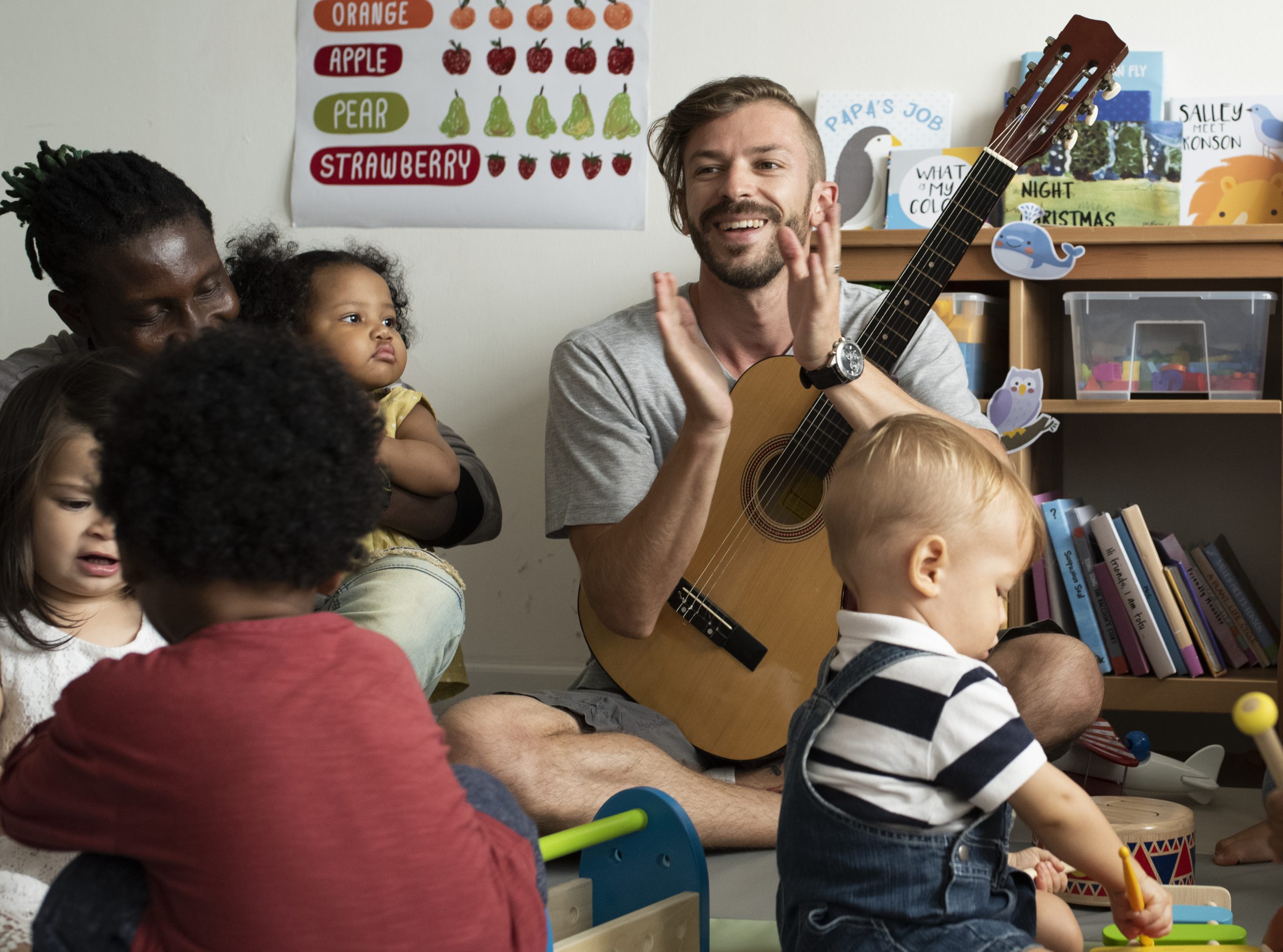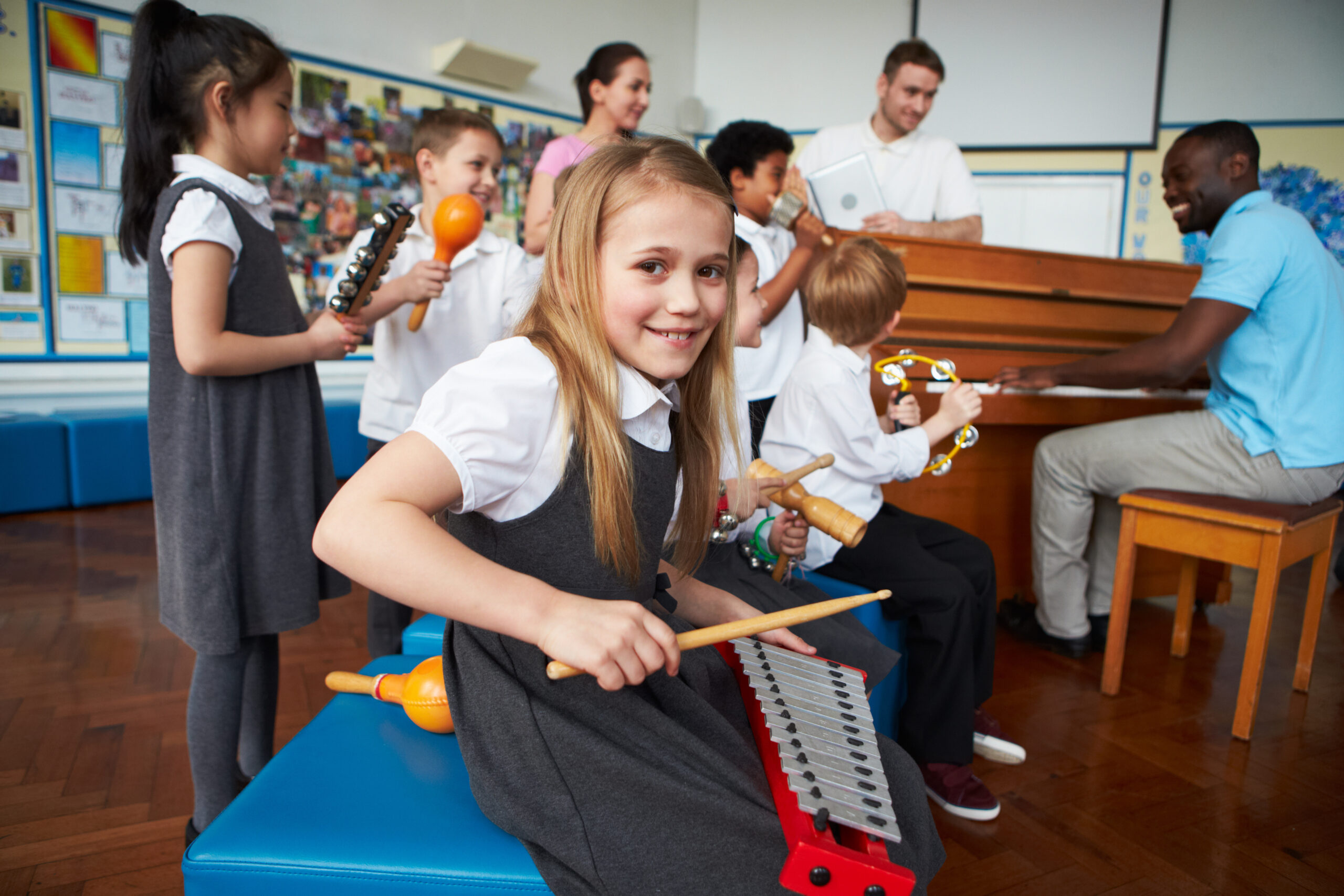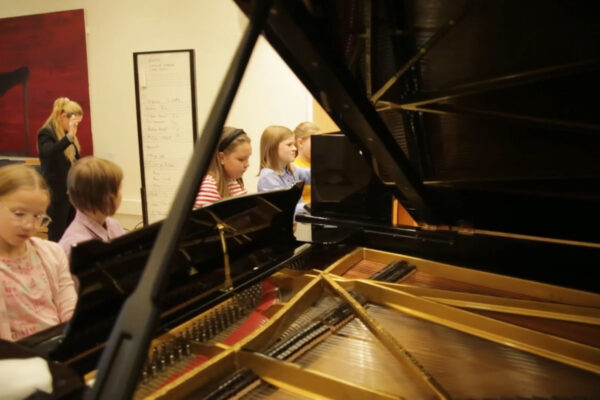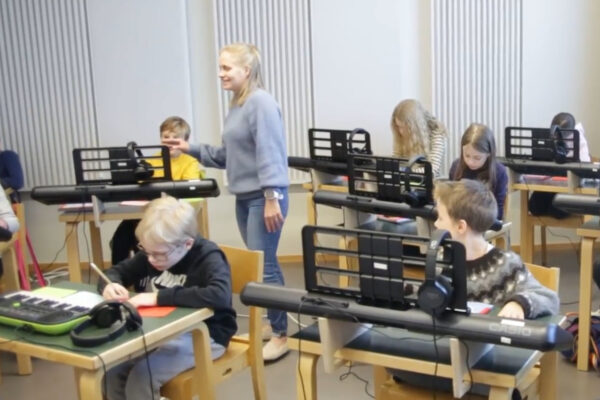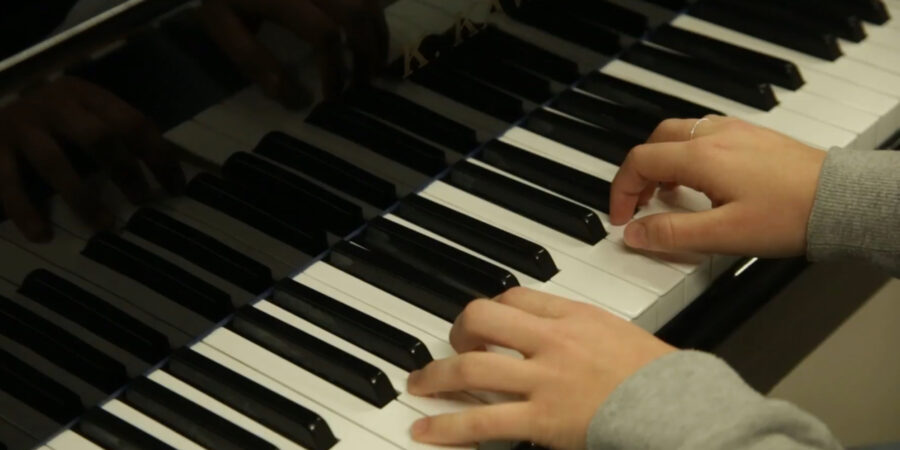
Does keyboard harmony require practice?
Yes indeed, one must practise keyboard harmony skills like all other playing, it’s not always that easy, especially when the rhythmics get more difficult it doesn’t come that naturally anymore. If the left hand for example uses a slow broken arpeggio chord in the accompaniment so that the third is played above the octave, we call it the Richard Clayderman-style, it’s already technically more challenging and in addition the pupil also has to understand what is the third of each triad. So it does need a little effort.
Perception of the chords and harmony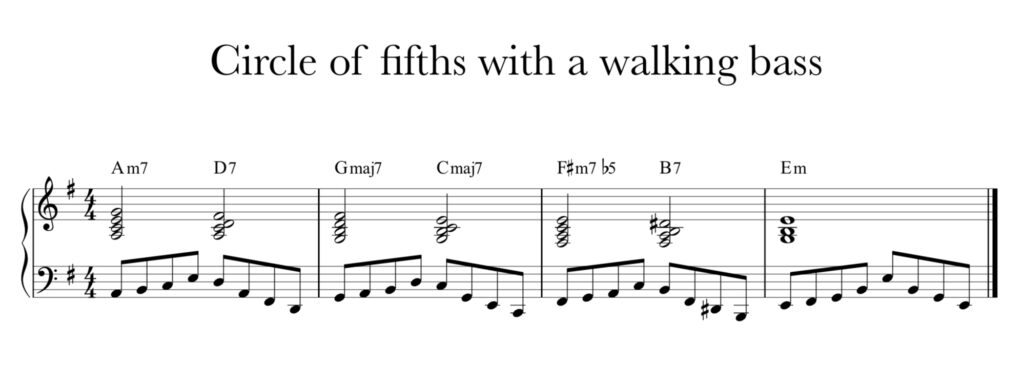
Also when you get to the point where you want to move from triads to four-note and seventh chords things get more complicated. There are so many options of how to form the chords and that is when one needs first to understand what to do. With the sevenths there is the problem of when and how to include it in the musical tissue, that requires a lot of practise.
Student’s choice
If the student is interested in this kind of music making, it’s not the teacher’s place to forbid him/her the right to be interested. Not all the students want to learn only classical music, their interest may lay in making music on their own and decide what pieces to play and that is something they have a right to have. There are so many ways to make music and it’s not ours to judge someone else’s interests in different musical genres. Of course it’s very important to give the input to the world of classical music, so that the pupils get the knowledge they need to form their own interests. They can’t like something if they don’t know about it. The teacher has a very valuable mission this way but nonetheless we have to give the pupils the freedom to choose and it’s also written down in our curriculum. The new curriculum says that the student’s interests must be taken into account and be encouraged. The aim is always in forming a good relationship with music making, thus not to play only music the teacher personally prefers as “the only good music that everyone should practise”.
Tips for arranging music for piano
When arranging music for piano, the harmony should be in the middle register where the chords sound nice, the root note is played in the lower register, the melody -if it is included- should be played above the middle register. Keyboard harmony teaches understanding of different registers and their meaning, what sounds good and where. The understanding of the possibilities of different registers on the keyboard makes it easier for the pupils to make their own arrangements and maybe even compose. This develops the pupils’ listening skills.
Does it bring technical challenges?
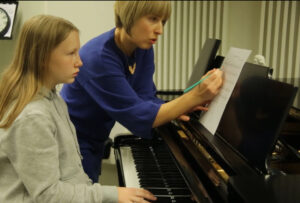 Of course it depends on what kind of arrangement one wants to make, for example if the left hand has a stride-comp with big jumps, it really develops your technical skills. Also practising a very fast swing-comp improves the hand coordination and the grip needed in fast chord-playing. Keyboard harmony can give the same amount of technical challenges as with playing any other kind of music. It’s a subject with the aim of giving the pupil the skills to be independent and make his/her own decisions, not all the chord changes are written down in detail in the score. The teacher’s job is to give the necessary information and tips but then it’s up to the pupil to fill in the gaps. It of course requires the understanding of how to use the chords in an economic way and what kind of movements are needed between the chords and harmonies. It requires a lot of voluntary self-processing by the student.
Of course it depends on what kind of arrangement one wants to make, for example if the left hand has a stride-comp with big jumps, it really develops your technical skills. Also practising a very fast swing-comp improves the hand coordination and the grip needed in fast chord-playing. Keyboard harmony can give the same amount of technical challenges as with playing any other kind of music. It’s a subject with the aim of giving the pupil the skills to be independent and make his/her own decisions, not all the chord changes are written down in detail in the score. The teacher’s job is to give the necessary information and tips but then it’s up to the pupil to fill in the gaps. It of course requires the understanding of how to use the chords in an economic way and what kind of movements are needed between the chords and harmonies. It requires a lot of voluntary self-processing by the student.
What’s in it for you as a teacher?
I know the perks of this subject to well since I have always enjoyed it myself, as a student and now as a teacher, for me it’s obvious to teach it and take the message forward. It’s also a very refreshing change for the teacher and for the everyday lesson. Overall the fact that teaching can be varied is very rewarding to the teacher, and there is nothing better than seeing the enthusiasm on your students’ face.
Teacher: Maiju Roine, Lapland Music Institute

Maiju Roine is a pianist and piano teacher. She has a Master’s degree in music, and she has studied in Tampere and Oulu. She graduated with excellent degrees in piano playing, and in her bachelor’s thesis she studied the practise of teaching keyboard harmony. In her master’s thesis she examined the possibilities of composing-crafting as a learning method in studying music. Maiju also composes pedagogical piano pieces for children, and two of her published collections of miniatures have become popular among Finnish piano pedagogues and students.
Execise tip: Circle of fifths with a Walking-bass.
Download PDF
